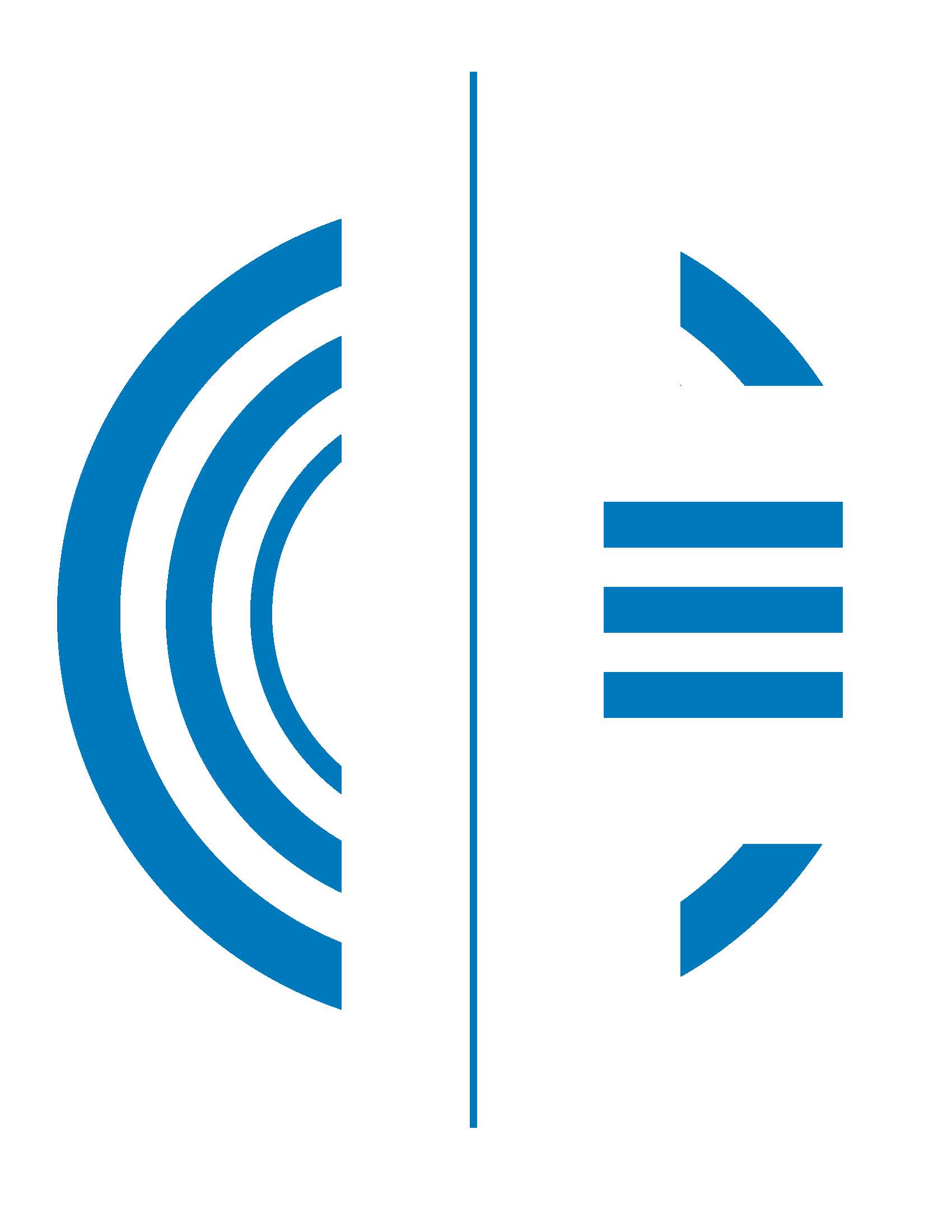faster wifi access points
Due to higher bandwidth and the increased power requirements of the latest wireless access points (802.11ac), industry best practices recommend that Cat 6A cable systems are installed to support WiFi AP (access point) connections.
By design, Cat 6A cable systems follow standards to provide at least 10Gbp/s ethernet speeds up to 100 meters. This may be quite a bit different from what you’ve used in the past:
- It’s bigger and the copper conductors have been enlarged to handle more power.
- The twists in each pair have been tightened to reduce the cross-talk frequencies.
- Many manufacturers make the jacket’s outside diameter a bit larger to help isolate alien cross-talk (eliminating cable A from crossing over to cable B).
These changes also help Cat 6A cable systems handle DC power more efficiently than smaller cables, resulting in more mass handles and power with lower loss and cooler temperatures.
And, because we’re using higher and higher frequencies for faster speeds, it’s also a good idea to increase the density of your AP coverage. (Walls impede high frequencies more than low frequencies; therefore, two APs may be required where one was once enough.)

Contact us to learn more about making your WIFI connections as fast as possible.
Due to higher bandwidth and the increased power requirements of the latest wireless access points (802.11ac), industry best practices recommend that Cat 6A cable systems are installed to support WiFi AP (access point) connections.
By design, Cat 6A cable systems follow standards to provide at least 10Gbp/s ethernet speeds up to 100 meters. This may be quite a bit different from what you’ve used in the past:
- It’s bigger and the copper conductors have been enlarged to handle more power.
- The twists in each pair have been tightened to reduce the cross-talk at higher frequencies.
- Many manufacturers make the jacket’s outside diameter a bit larger to help isolate alien cross-talk (eliminating cable A from crossing over to cable B).
These changes also help Cat 6A cable systems handle DC power more efficiently than smaller cables, resulting in more mass handles and power with lower loss and cooler temperatures.
And, because we’re using higher and higher frequencies for faster speeds, it’s also a good idea to increase the density of your AP coverage. (Walls impede high frequencies more than low frequencies; therefore, two APs may be required where one was once enough.)
Additional resources:

Contact us to learn more about making your WIFI connections as fast as possible.
